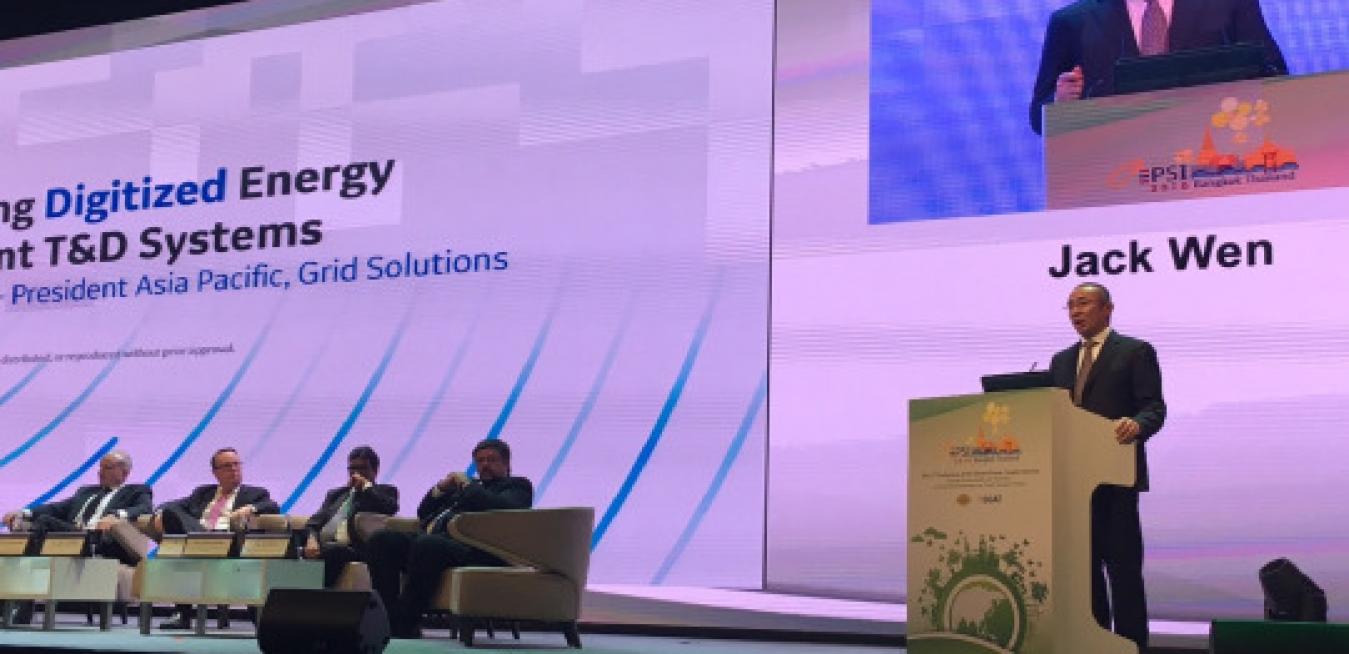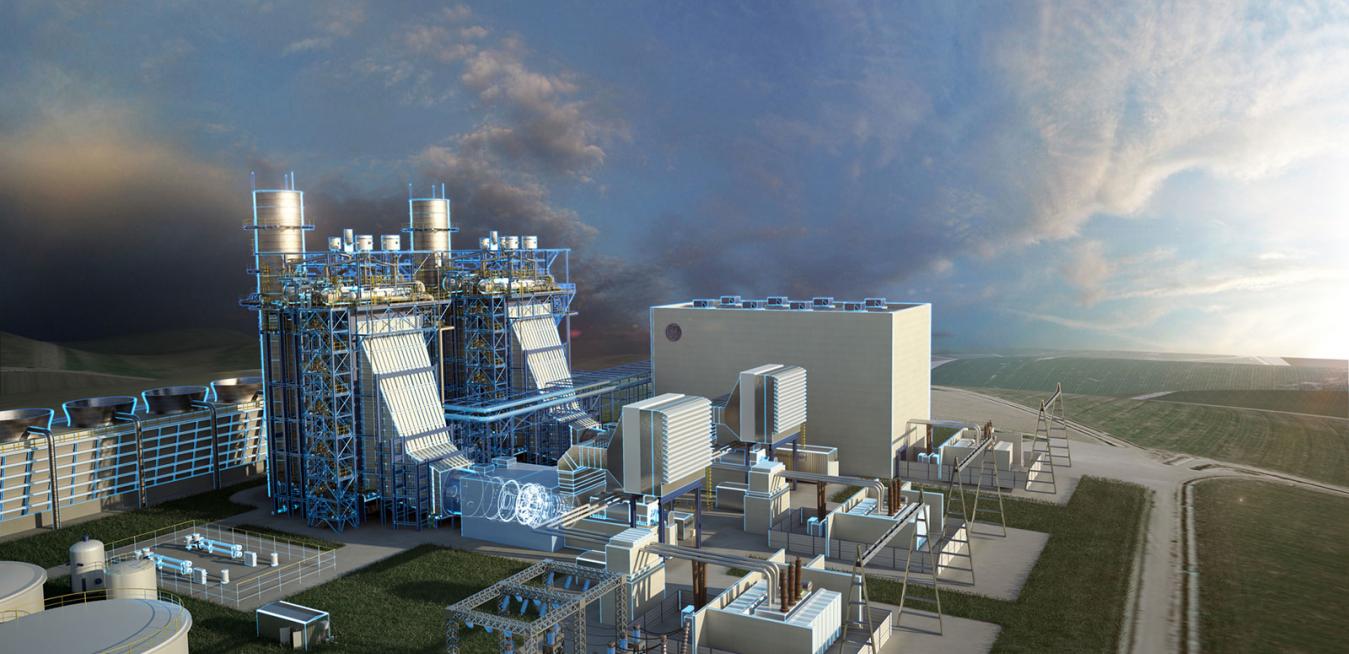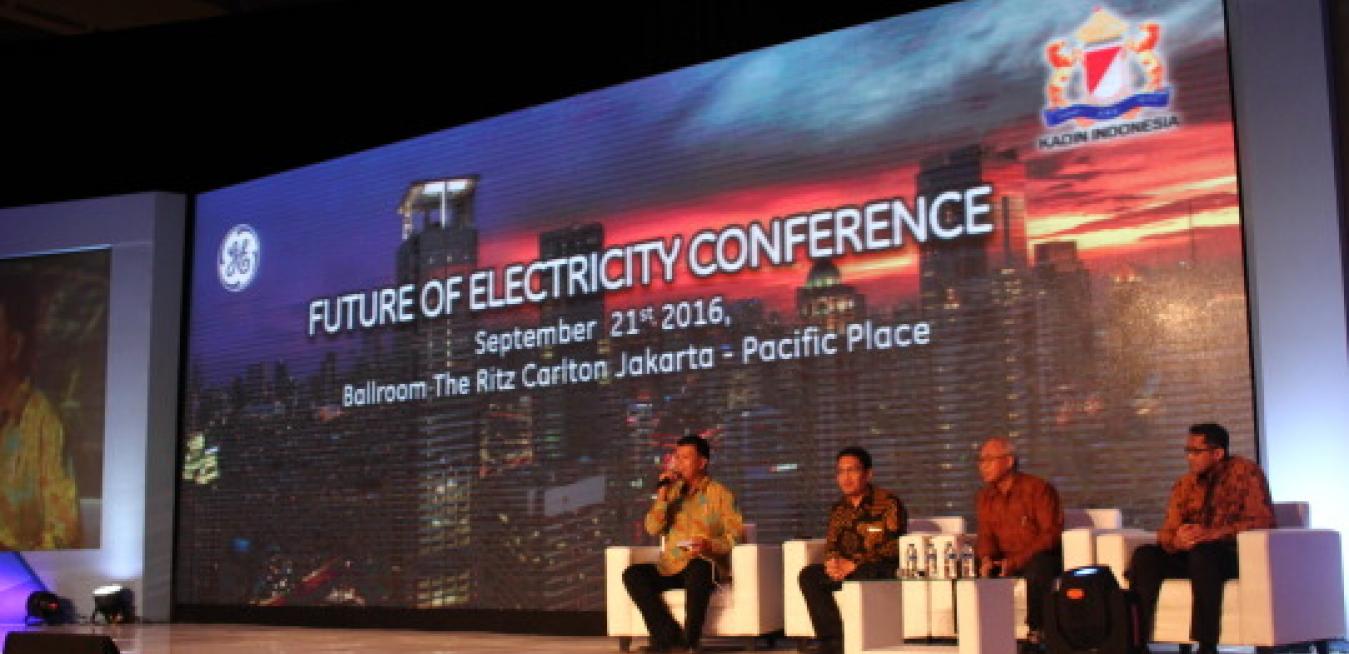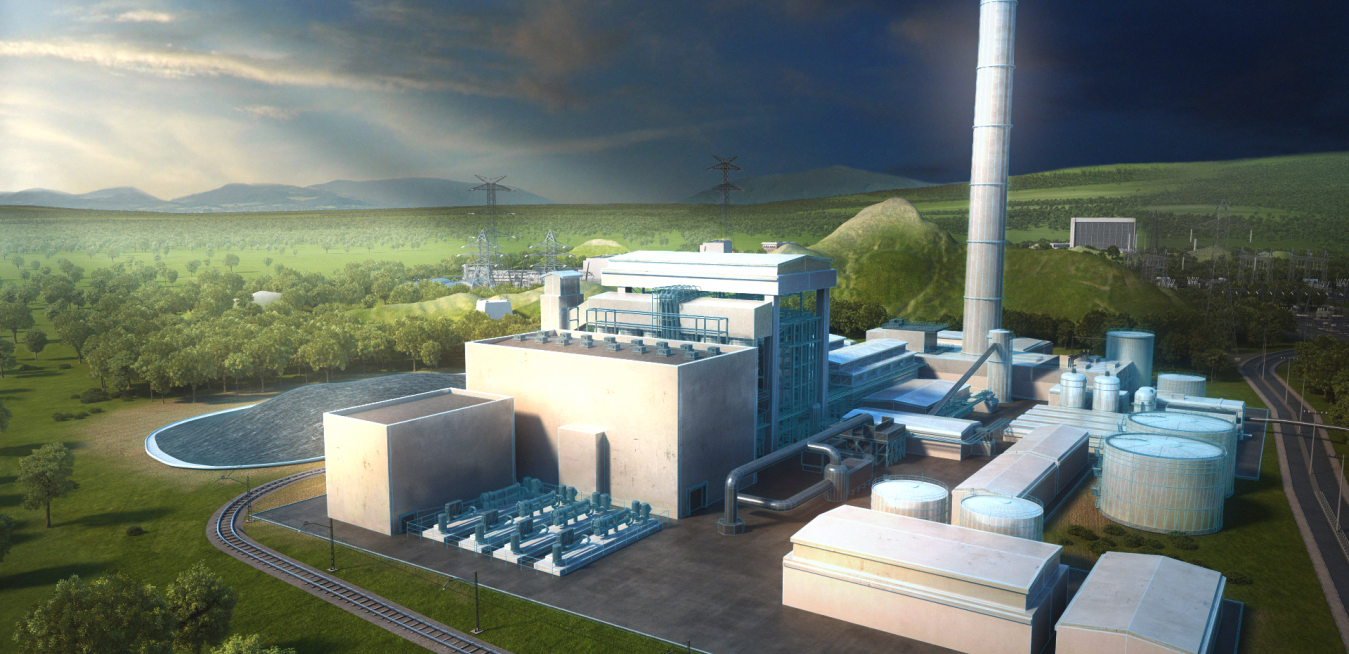“For many people, the power industry appears stable on the surface. However, a lot of changes have happened in the past five years - new technologies, especially digital technology, have come on stream; more renewable energy is coming online; and customers are also demanding empowerment. This will impact all players in the industry.”
GE Reports ASEAN has produced a multi-part article series that highlights the key discussions of the conference, some covering breakthrough technologies that will make power generation and distribution more efficient, and accessible, and more importantly, potential solutions enabling Indonesia to accelerate development of its energy sector.
That’s because the city’s electrical grid is using the Industrial Internet to get smarter. Sibelga, the company that operates the only distribution network in Brussels, will soon adopt GE’s PowerOn Advantage, a sophisticated software solution that controls electricity flows between the traditional grid and the consumer. The software runs on Predix, GE’s data and analytics platform.
Is your business ready?
Renewables. Electric vehicles. Consumers becoming generators. Micro grids. Intelligent thermostats. Smart meters. Big Data. COP21. These technologies, trends and global commitments are disrupting our industry so dramatically that it will soon be unrecognizable as the one shaped by Thomas Edison.
Two hours and fifty-four minutes. That’s how long it took a plane to fly from Yangon, Myanmar to Singapore in August 2015. A short flight by some standards, it was barely long enough to watch a movie or read a magazine. Although it may not seem like much, this flight was a historic moment for Myanmar.
ASEAN is home to over 600 million people and is one of the fastest growing economic regions in the world. With a projected growth of 4 to 6 per cent in the coming years, how can ASEAN grow without having the proper energy infrastructure?
However, the power industry faces a complex set of challenges – it needs to extend electricity access, provide sufficient power to support existing grid infrastructure, ensure environmental sustainability and improve efficiency across an increasingly multi-dimensional energy value chain.














